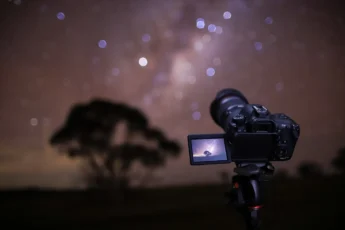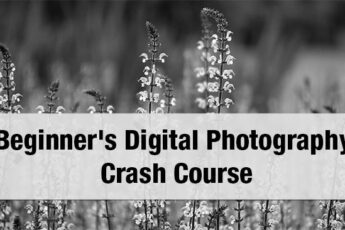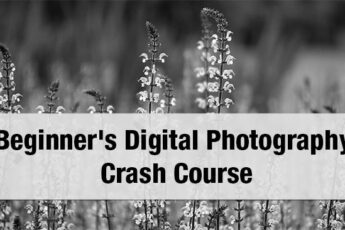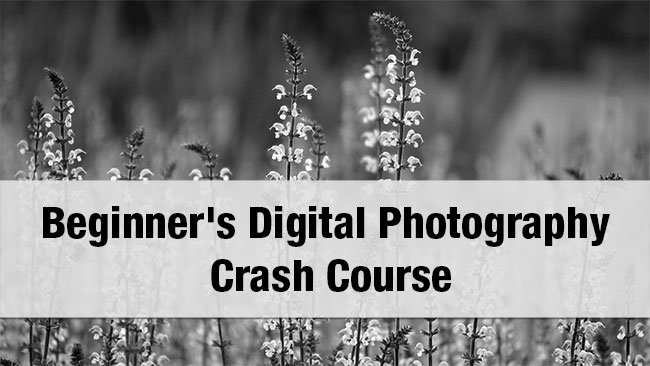
While photography is essentially capturing an image of a subject using a camera, there are several types worth considering. The types discussed here are what most people think of when asked about photography. Therefore, they are general overviews of how you can classify photos. A macro photo can also be a wildlife photo and a portrait. A landscape can also be black and white, or a night photo. There are also many other “subcategories,” such as architecture or fashion photography. Fashion photography is related to portraiture in most ways, but also has some differences. So use these as rough guidelines to consider what style you prefer and what gear is needed.
Crash Course Series
- Introduction
- History of Digital Cameras
- Equipment and Accessories
- Types of Photography
- Exposure and Composition
- Choosing Your Equipment
- Practice
- Additional Resources
- eBook
Portrait (Portraiture)
Portrait photography is in some ways, the quintessential photographer’s art. Yet it’s also complex and easily done improperly. A good portrait of a subject is meant to flatter and showcase that subject. The background is important, but more often than not, it’s slightly out of focus. That way, the background is a suggestion of the scene but it doesn’t take away from the main subject.
Portraits need a wide open aperture to keep the subject in focus and the background out of focus; f/4.0 and below. This depends on both your distance from the subject and the subject’s distance from the background. 40-140 mm is considered the ideal portrait range but longer ranges can also work. Focal lengths lower than this tend to stretch out the subject slightly, and are a little unflattering. Keep in mind, you’ll need to be standing farther back from your subject if you’re shooting with a longer focal range. A tripod or monopod is also useful if you want to use a low shutter speed and natural light.
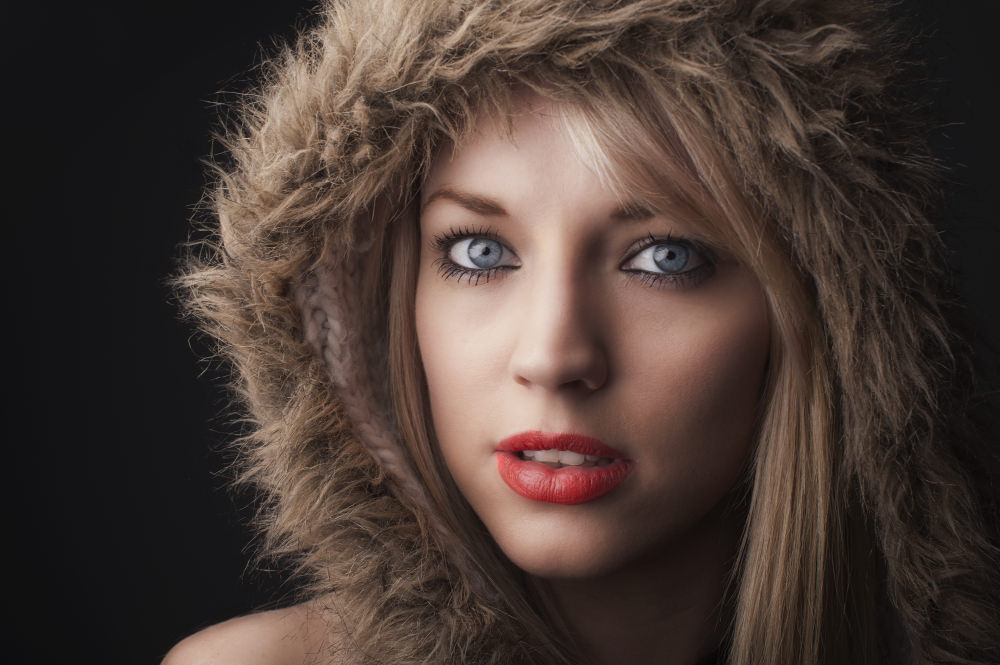
Macro (Close-up)
Macro photography is the art of taking closeups of insects, the human eye, flowers, textured materials, and other subjects with fine detail. A macro photo takes that small subject and makes it appear larger. Like portraits, macro photography uses a wide open aperture to isolate the subject in sharp focus. The same settings used for portrait photos also work for macro photography. But if you really get into macro photography, you might also look at macro lenses.
Most lenses are designed to have optimal results at the farthest focusing distance. This is because the makers assume you’ll be standing far from your subjects. Macro lenses are designed so you can get as close as possible to a subject and still get the sharpest results. Shutter speeds can vary greatly; fast moving insects will need a fast shutter speed and wide open aperture to freeze the action.
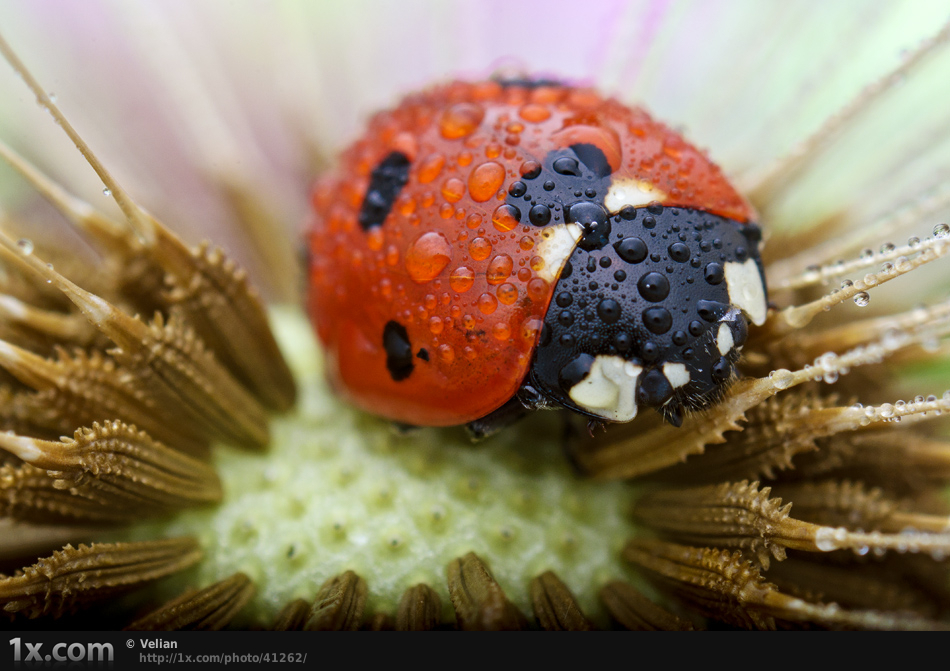
Landscape Photography
Landscape photography sets out to capture scenic vistas, natural and manmade. A panorama of a city skyline is as much a landscape photograph as a mountain range. But there’s a lot to consider, even if you have a beautiful scene. Composition elements like leading lines can naturally draw the viewer’s eyes where you want them. Neutral density and polarizing filters are most useful for landscape photos as well. Landscape photos need to cover a wide field of view. As a very rough rule of thumb, it’s suggested that the human eye has an equivalent 50 mm field of vision. Any focal length less than this can work, although it does depend on the subject and the crop factor. For anything less than a full-frame sensor, a lens with a focal length of 35 mm or less is a wide angle lens.
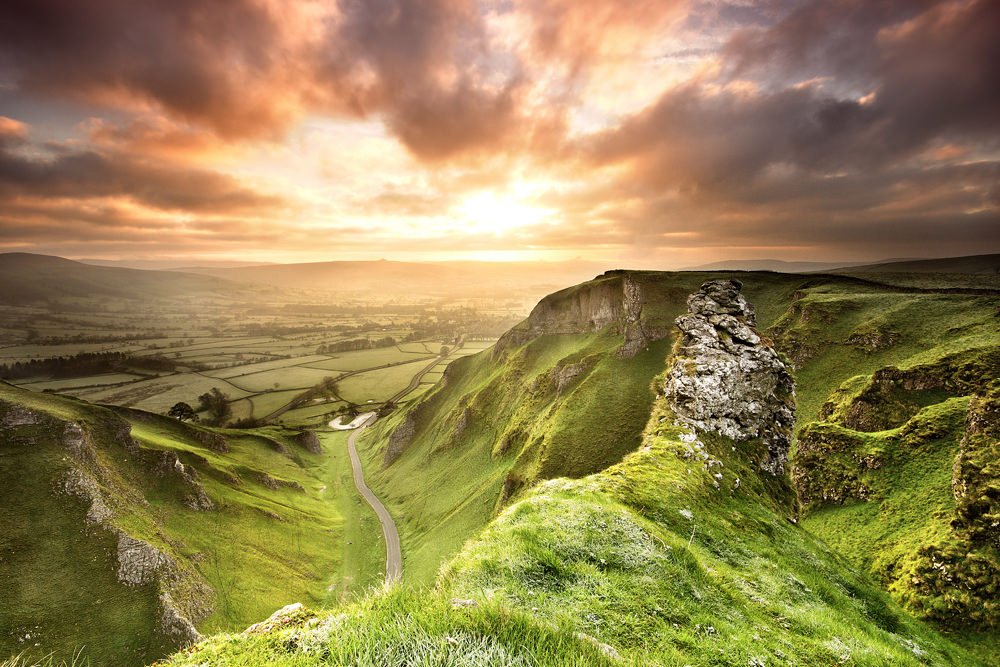
Wildlife
Wildlife photography can be easy or difficult, depending on your gear and the subjects. If you want pictures of wild animals acting as if you’re not there, then you need a long zoom. 150-300 mm lenses are affordable from f/4.5 on up. 600 mm+ zoom lenses are also available, but cost goes up with focal length range and lower f/stop numbers. A monopod is a great choice for the wildlife photographer. At maximum zoom, unintentional twitches while shooting handheld are magnified and can cause motion blur in your photos. Fast shutter speeds are also necessary as animals rarely pose for long. Another consideration is weatherized gear if you want to be in the outdoors. A sudden shower or rain of dew from a tree can be a problem for your gear. At the very least, the wildlife photographer should ensure the gear bag is water resistant.
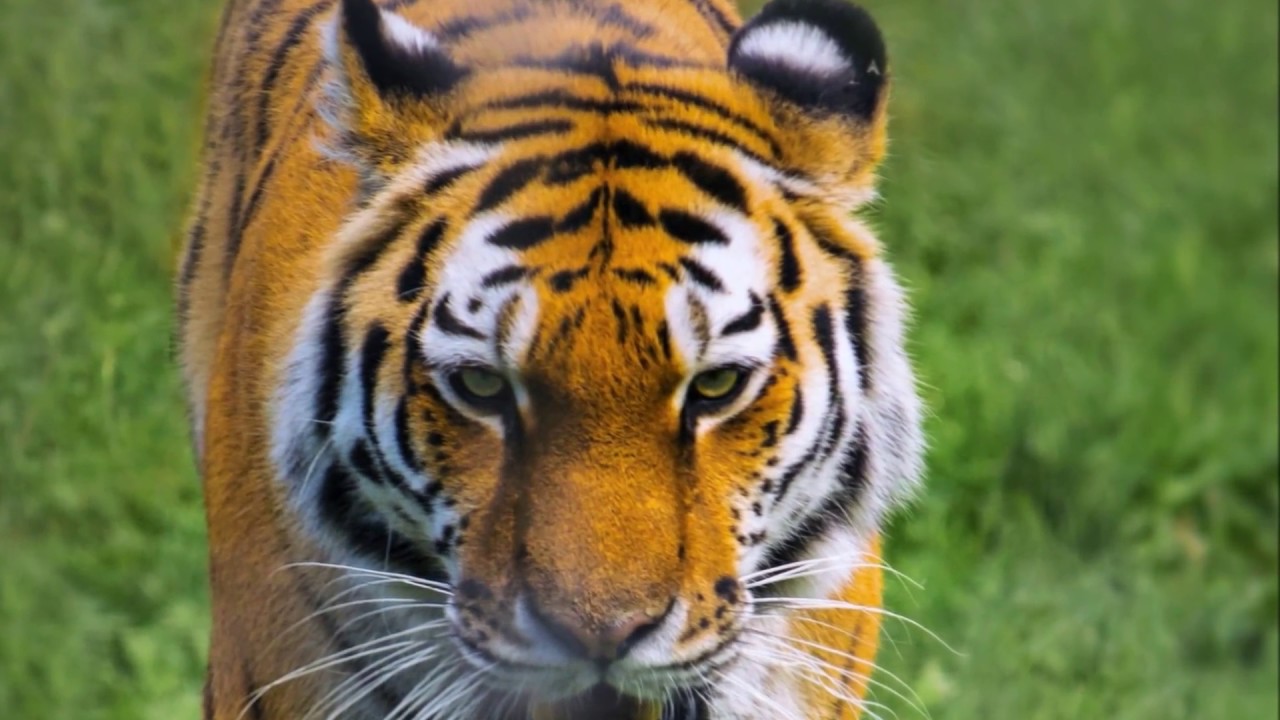
Night (Astrophotography)
Astrophotography is one of the more difficult types of photography to begin with. It can be very technology-centered. You’ll have to mount your camera to a telescope if you want to get a picture of Jupiter or Saturn. But for the moon or stars, a tripod, very slow shutter speeds, and high ISO (light sensitivity), is all that’s required. Even the Milky Way or a meteor shower can be captured with a bit of patience and the right knowledge. Night photography is all about long exposures. So a tripod is essential; no amount of keeping your hands still is going to capture a clear photo after a 10 minute exposure. Sometimes the exposure time can go for hours if you want star trails. Astrophotography can also be software intensive. Layering photographs to create composite images eats up more processing power than many cameras have available.
Wide angle lenses are the most useful lens type for capturing a good slice of the night sky. If the Moon is your target, then the more zoom you have, the better. Don’t forget about light sensitivity. While many cameras sport high ISO values, not all are created equally. The higher the ISO value, the more noise creeps into a photo. If you shoot at a relatively fast shutter speed at the maximum ISO value, the result will most likely be too noisy. You’ll get a much better photo using a very low shutter speed and a moderate ISO value.
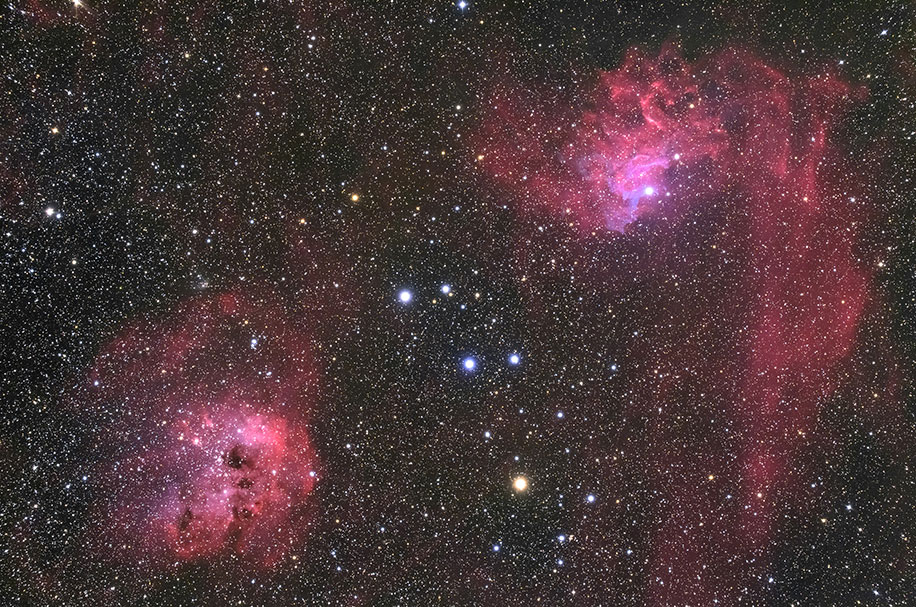
Black & White (Monochrome)
Black and white photography is often striking, but a lot more difficult than people might realize. In color photography, the bold colors often dominate the viewer’s attention. But in monochrome photography, they’re absent, of course. Therefore, textures, patterns, shapes, tonal contrast, and lines are given priority. Instead of how bright and colorful a bird might appear, a monochrome photo will draw attention to the patterns of its feathers. The scales on its legs or the swirls in the iris of its eye can be even more interesting in monochrome.
Tonal contrast is how the different shades of grey created, interact with each other. Both, the colors made monochrome and the lighting, can interplay to create a very different feel from the original image. What was once bold and bright can be somber or even thoughtful. Any sort of lens can be used for black and white photography. And many cameras can even convert color photos to monochrome before they hit your computer or smartphone.


